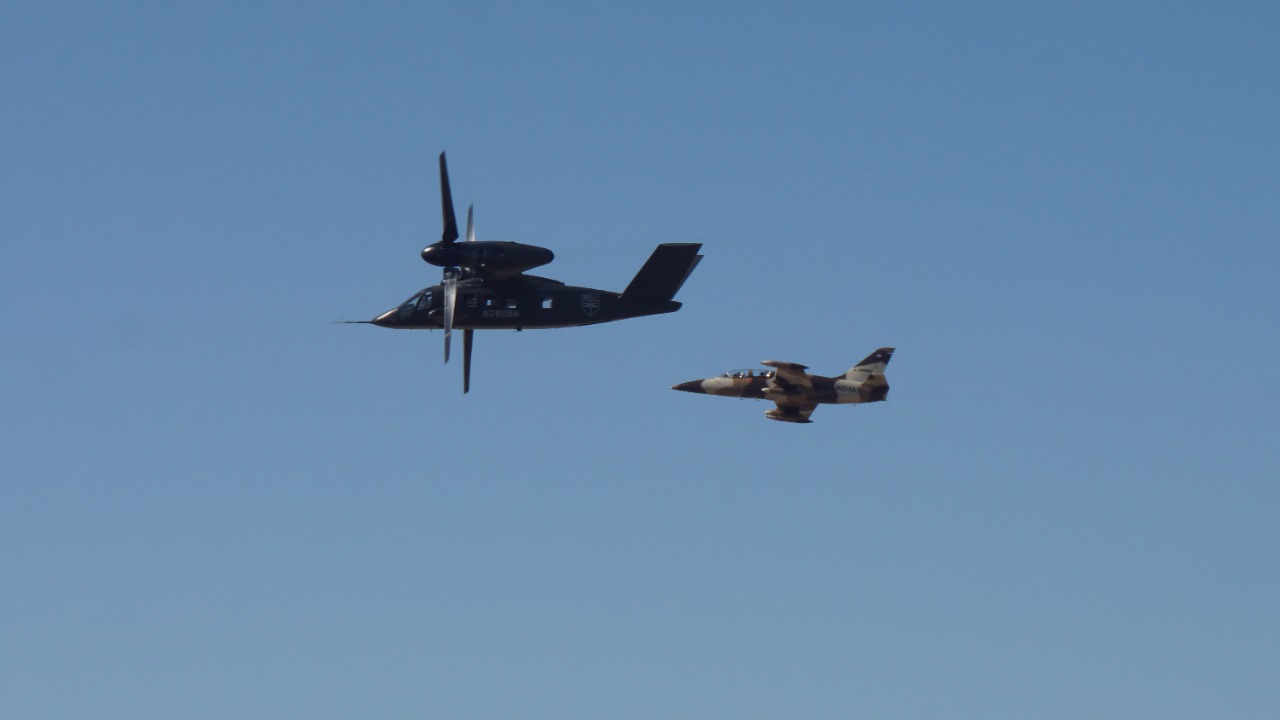
The Bell V-280 Valor, a cutting-edge tiltrotor aircraft developed by Bell Textron, is set to revolutionize U.S. Army aviation. Designed for the Future Long-Range Assault Aircraft (FLRAA) program, the Valor aims to replace the venerable UH-60 Black Hawk by the early 2030s. With capabilities such as speeds up to 280 knots and a range exceeding 500 nautical miles, the V-280 promises to transform troop transport and combat operations. This next-generation platform integrates advanced proprotor technology and variable speed drive systems, offering unprecedented agility in contested environments, as demonstrated in flight tests at locations like Fort Novosel, Alabama. The U.S. Army is already preparing for the Valor’s impact, updating doctrines and training simulations to incorporate its role in multi-domain operations.
Development and Design Innovations of the V-280 Valor
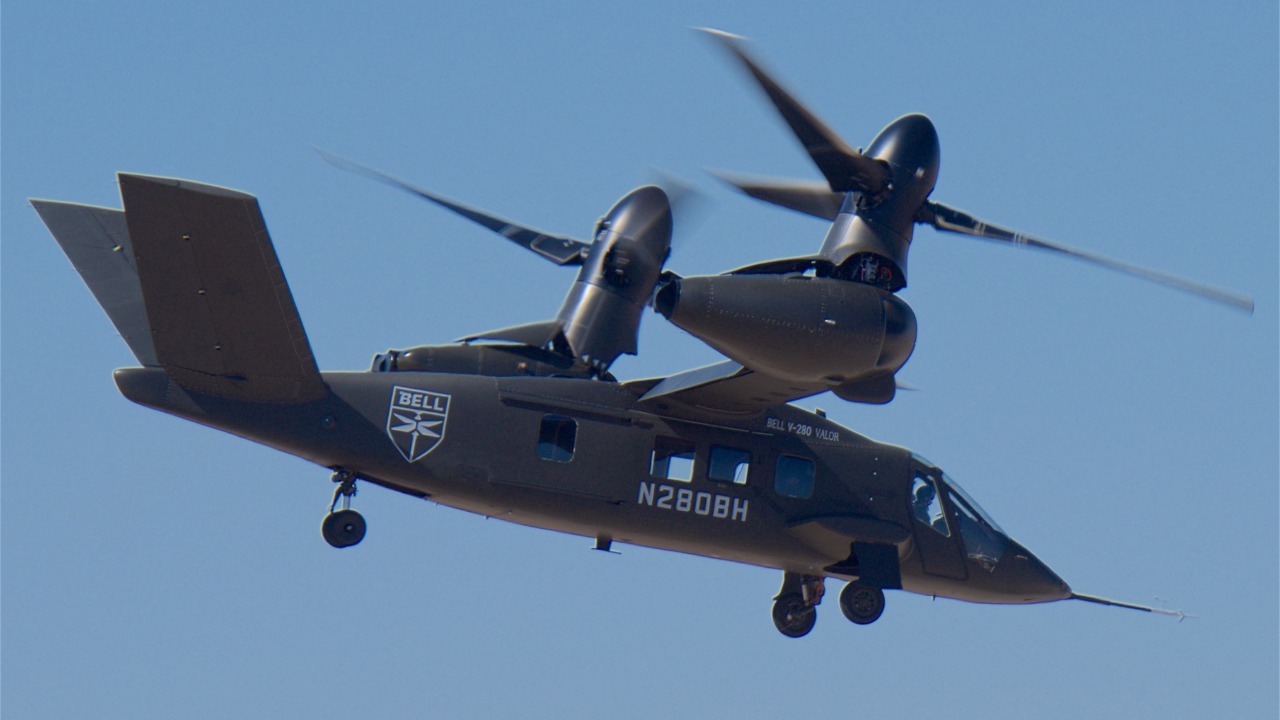
The Bell V-280 Valor’s design is a testament to modern aviation engineering. Its airframe features a sleek, streamlined fuselage complemented by a triplex fly-by-wire flight control system, which allows for precise handling during tiltrotor transitions from hover to forward flight. This system ensures that the Valor can maintain stability and control in various flight conditions, crucial for complex military operations. The proprotor system, with 28-foot diameter blades made from composite materials, achieves a maximum speed of 280 knots while maintaining low noise signatures, making it ideal for covert insertions. This combination of speed and stealth is a significant advancement over traditional helicopter designs.
Bell Textron has incorporated a straight-through engine configuration in the V-280, which reduces maintenance needs and allows for a spacious cabin. This design can accommodate up to 14 troops or be configured for medical evacuation setups, enhancing its versatility on the battlefield. The streamlined design not only improves aerodynamics but also contributes to the aircraft’s overall efficiency and operational effectiveness. These innovations highlight Bell’s commitment to creating a platform that meets the diverse needs of modern military operations.
Engine Technology and Power Partnerships
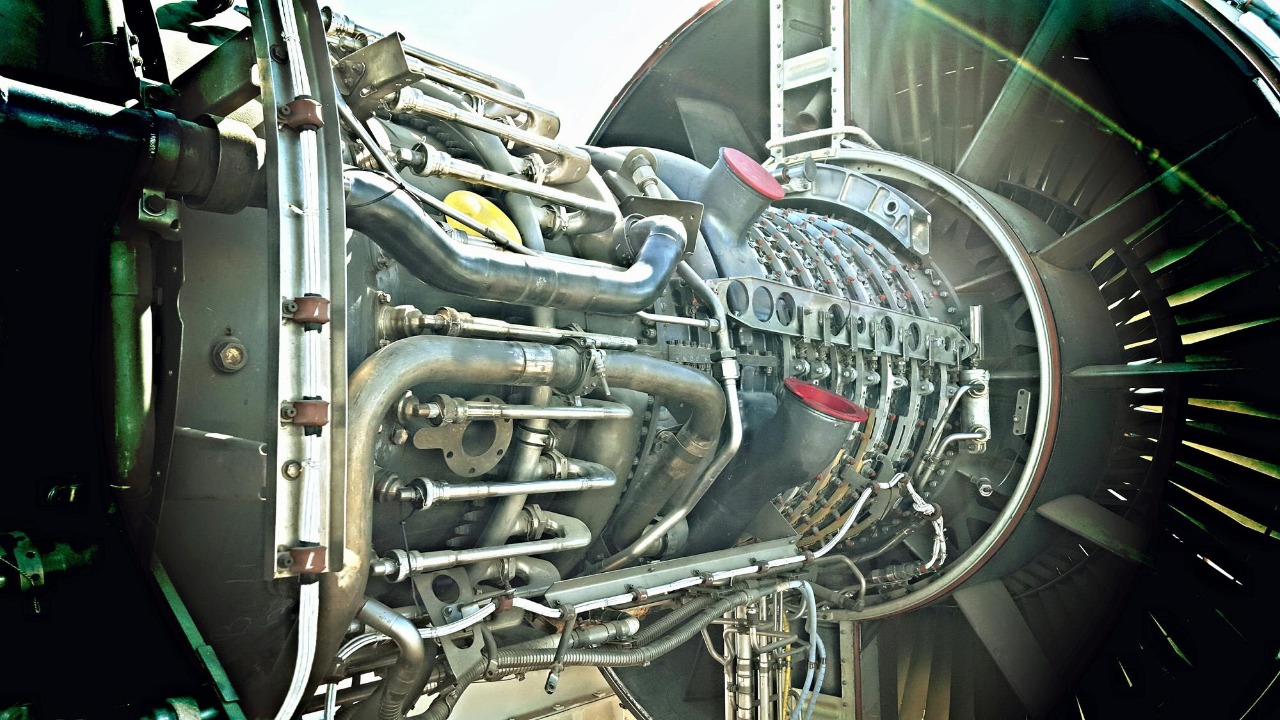
The V-280 Valor is powered by Safran’s Engine Alliance variant of the GE T901 turboshaft, delivering 3,000 shaft horsepower per engine. This power enables the aircraft to perform high-speed dashes and carry heavy payloads, essential for rapid deployment and logistical support in combat zones. The integration of the Improved Turbine Engine Program (ITEP) by GE Aviation, selected in 2019, enhances fuel efficiency by up to 35% compared to legacy Black Hawk engines. This improvement extends the operational range of the Valor, allowing it to operate effectively in austere environments where refueling options may be limited.
Safran’s collaboration with Bell focuses on the Variable Speed Tilt-Rotor demonstrator, which incorporates adaptive cycle technology for variable RPM operations. This technology optimizes performance across different flight regimes, ensuring that the Valor can adapt to various mission requirements. By enhancing engine efficiency and performance, these partnerships are crucial in ensuring that the V-280 Valor remains at the forefront of military aviation technology.
Strategic Role in Replacing Legacy Helicopters
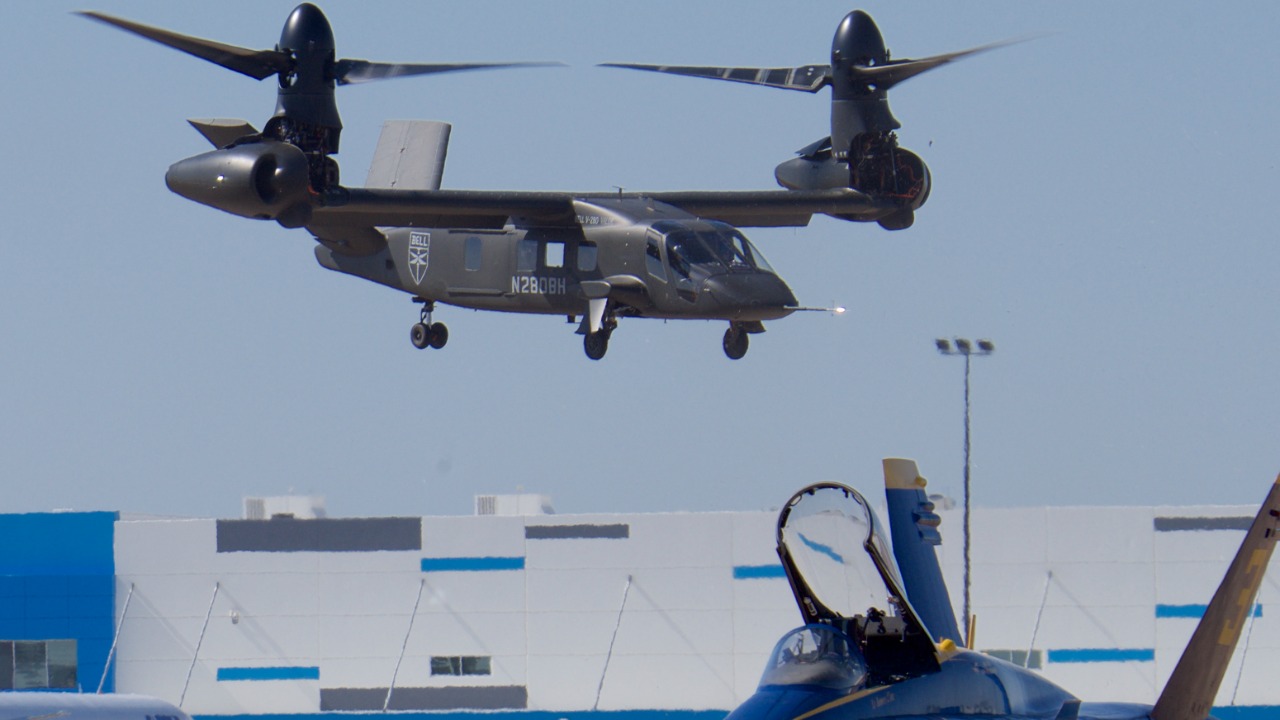
The V-280 Valor is poised to supplant the UH-60 Black Hawk in the Army’s FLRAA competition, with initial fielding targeted for 2030. This transition addresses vulnerabilities in range and speed that are critical in peer conflicts. Unlike the Black Hawk’s 170-knot top speed, the Valor’s tiltrotor design enables rapid ingress and egress, reducing exposure time in anti-access/area denial scenarios by up to 50%. This capability is vital for modern warfare, where speed and agility can determine the outcome of operations.
Army aviation leaders, including those from the 101st Airborne Division, emphasize the Valor’s survivability features. These include infrared suppression and modular armor, which are designed to sustain operations against advanced threats. The ability to withstand hostile environments while maintaining operational effectiveness is a key factor in the Valor’s strategic role as a replacement for legacy helicopters.
Impact on Future Army Air Assault Operations
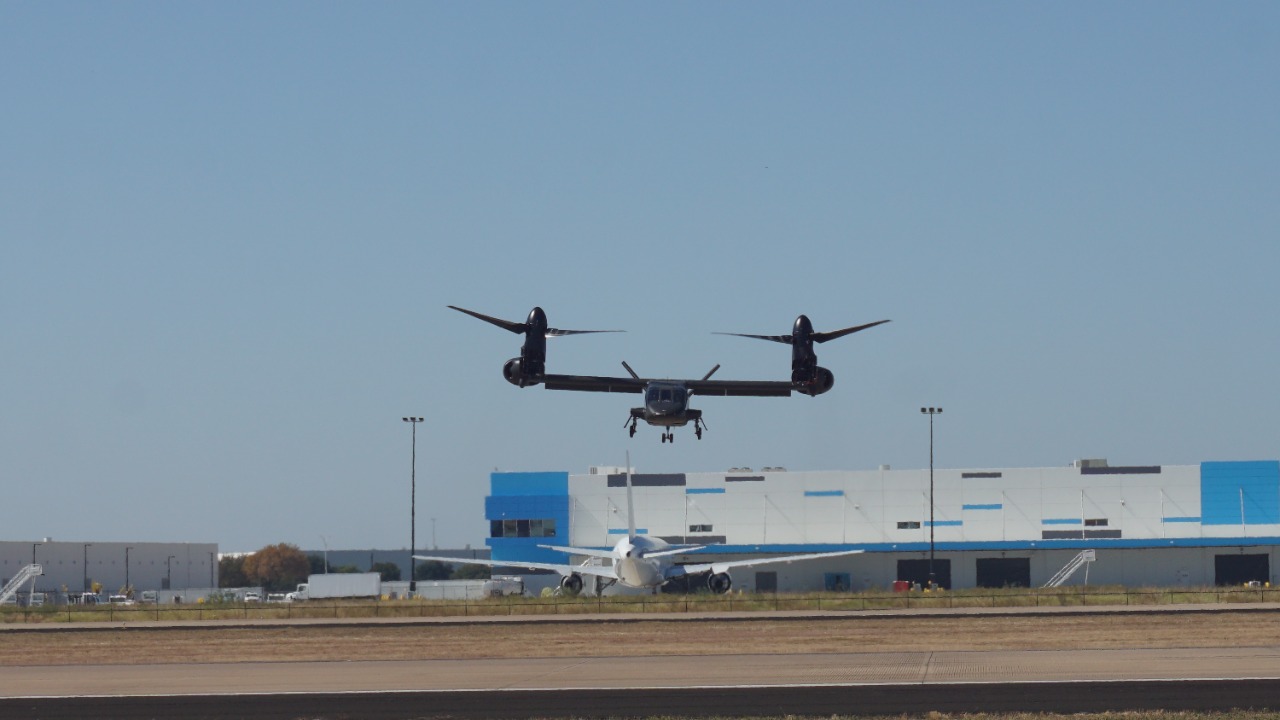
The U.S. Army’s preparations for the V-280 Valor include revising FM 3-04 Army Aviation doctrine to incorporate its capabilities. This includes vertical envelopment tactics that combine speed with precision strikes in large-scale combat. The Valor’s tiltrotor technology allows for “triple-threat” missions—assault, attack, and sustainment—enabling a single platform to carry 11,000 pounds of external load over 800 kilometers without refueling. This versatility enhances the Army’s ability to conduct complex operations with fewer resources.
Integration with the Army’s Next Generation Squad Weapon and multi-domain command systems will amplify the Valor’s role in joint operations. These capabilities have been tested in simulations at Joint Base Lewis-McChord, demonstrating the aircraft’s potential to enhance coordination and effectiveness in multi-domain operations. As the Army continues to evolve its tactics and strategies, the V-280 Valor will play a pivotal role in shaping the future of air assault operations.
The Bell V-280 Valor represents a significant leap forward in military aviation technology. With its advanced design, powerful engines, and strategic capabilities, it is set to redefine the standards for troop transport and combat operations. As the U.S. Army prepares for its integration, the Valor promises to be a cornerstone of future military strategies, ensuring that the Army remains agile and effective in an ever-changing global landscape.